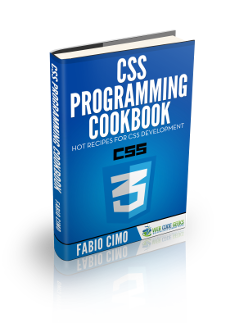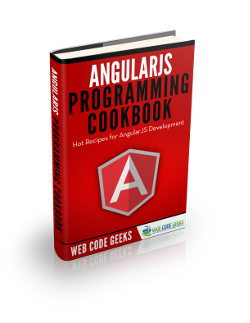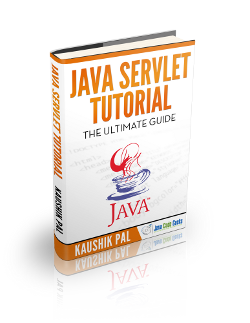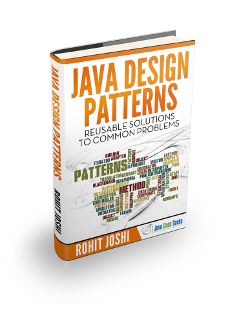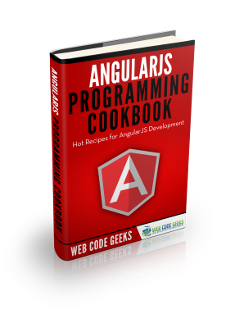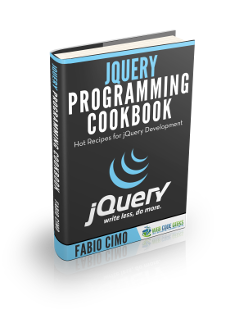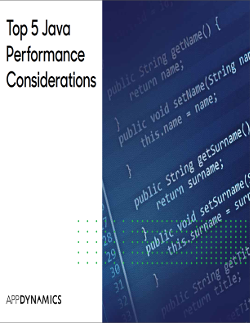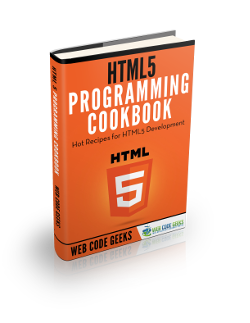Course Overview
 LEVEL 1 FREE LEVEL 1 Video | 5 ChallengesAngular 2 IgnitionGet an introduction to Angular 2 and create your first module and component with a template.
LEVEL 1 FREE LEVEL 1 Video | 5 ChallengesAngular 2 IgnitionGet an introduction to Angular 2 and create your first module and component with a template. LEVEL 2 2 Videos | 7 ChallengesTemplate TractionStart with a few structural directives and then transform your view with pipes.
LEVEL 2 2 Videos | 7 ChallengesTemplate TractionStart with a few structural directives and then transform your view with pipes. LEVEL 3 3 Videos | 5 ChallengesTuning It UpMake your code more maintainable by organizing it into multiple components, separating your HTML and CSS, creating a data model, and splitting your data into a mock file.
LEVEL 3 3 Videos | 5 ChallengesTuning It UpMake your code more maintainable by organizing it into multiple components, separating your HTML and CSS, creating a data model, and splitting your data into a mock file. LEVEL 4 3 Videos | 5 ChallengesData Binding BoostExplore how to send data from JavaScript to HTML and HTML to JavaScript using one-way data binding, and then learn how to do both at the same time with two-way binding.
LEVEL 4 3 Videos | 5 ChallengesData Binding BoostExplore how to send data from JavaScript to HTML and HTML to JavaScript using one-way data binding, and then learn how to do both at the same time with two-way binding. LEVEL 5 2 Videos | 3 ChallengesService Fuel InjectionLearn how to create your own services and then how to use the HTTP library to call out to the internet.
LEVEL 5 2 Videos | 3 ChallengesService Fuel InjectionLearn how to create your own services and then how to use the HTTP library to call out to the internet.

COMPLETE THESE LEVELS TO UNLOCK
Course Completion Badge
Create the future of web applications by learning the latest in Angular 2.
